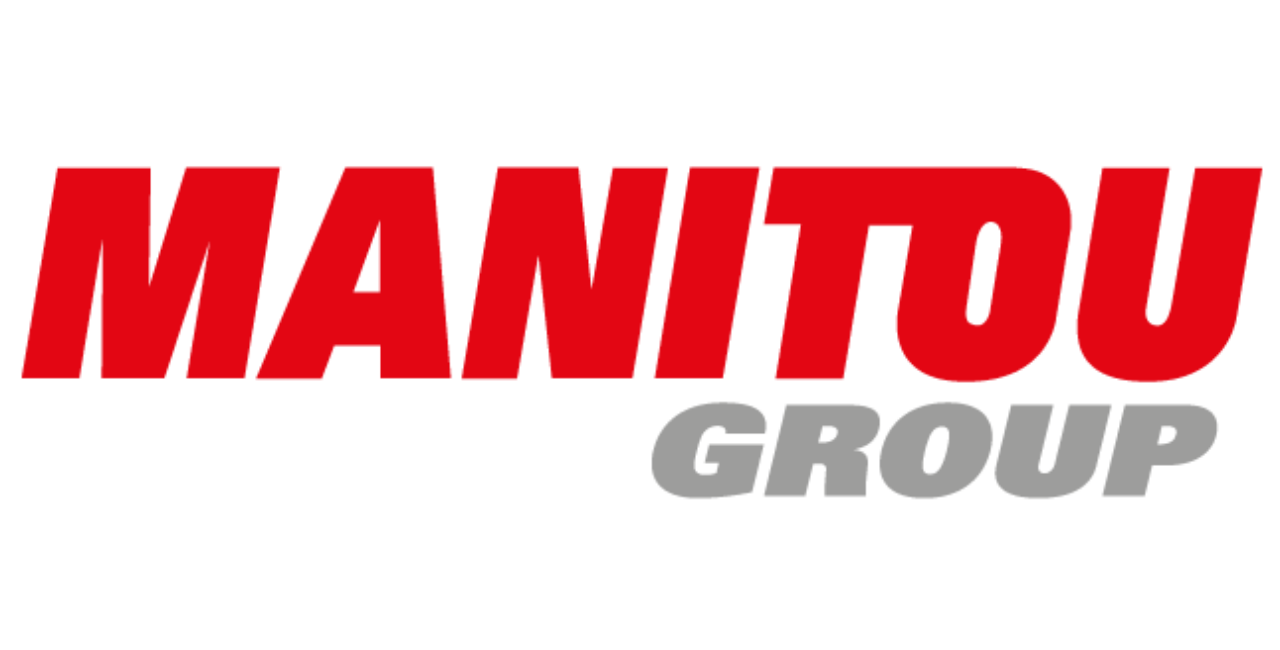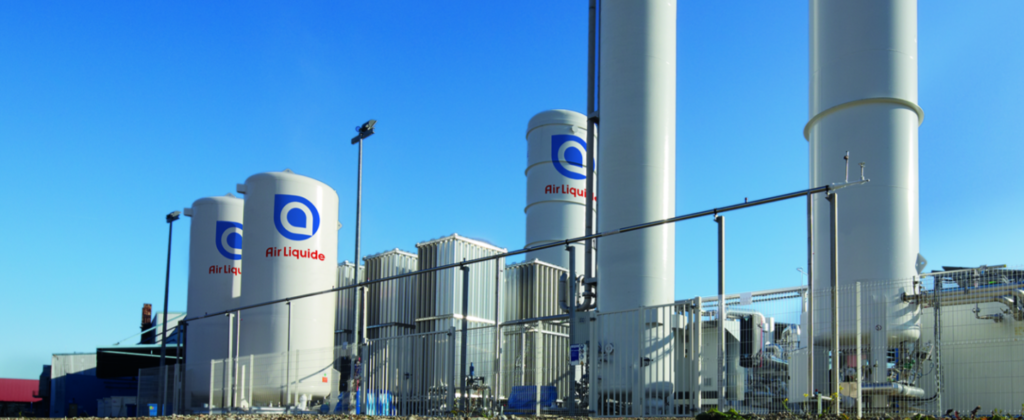Sectoral expertise
Industrial Equipments
Industrial equipment manufacturers, mainly SMEs and VSEs, sometimes even family-owned, supply other industrial players and major groups (B2B).

The challenges facing the sector
By their very nature, these industrial players are globalised, particularly in terms of their supply of materials and their marketing network, and they face resilience challenges at all levels.
Competitiveness difficult to maintain
- Substantial investment in production facilities, which must be made profitable by striking a balance between volume and margin.
- Upstream: pressure on raw materials, which are less and less available, and volatile markets
- Downstream: constant pressure on prices, and growing demand for quality and service
The need to structure processes
- A succession of crises that are undermining the management of value chains, with new schemes having to be invented and implemented in a short space of time
- Markets whose needs are erratic and difficult to anticipate, creating a greater need for responsiveness, both to seize opportunities when prices are rising and to maintain a certain level of performance when they are falling.
- At a strategic level, a certain degree of regionalisation of activities, from sourcing to sales.
Sovereignty and control know-how
- An ecosystem that is making it increasingly difficult to maintain a degree of independence from external constraints and hazards
- Skills that are difficult to find or reintegrate, combined with the problem of attracting talent in a sector that is hampered by its image or the prospects it offers
- The need to think locally and in conjunction with public authorities, to ensure regional, national or continental sovereignty.
Environmental issues
- The need to take account of environmental impact is becoming increasingly important in terms of customer expectations, especially as it forms part of the industrial balance sheet supplied (scope 3, etc.).
- The economic equation is becoming more complex with the emergence of measures governing activities (CSRD, triple accounting, standards and labels, taxation, etc.).
- The impact in terms of consumer image is tending to have a real impact on sales.
Your challenges
and our solutions
Resilience and responsiveness
- Design a high-performance industrial and logistics network that is responsive and adaptable to changing circumstances.
- Define and implement a planning system that strikes a dynamic balance between productivity and agility.
- Rethink the value chain by relying on responsive and competitive partners in a circular economic model.
- Establish sourcing scenarios that can be activated according to contingencies (lead time or quality, urgent requirements, etc.).
Reconcile environmental issues and cost control
- Measure and manage all environmental impacts: consumption of resources, pollutant emissions and waste, land use, etc.
- Extend these considerations to the entire value chain, from product design to end-of-life, from suppliers to consumers.
- Develop specific tools: triple-asset accounting, CSRD adaptation and carbon footprint, decision aids integrating the environmental dimension, reducing the impact of scope 3 in particular, etc.
Speed and punctuality
- Manage the optimum balance between productivity, service rate and stock holding.
- Identify decoupling points to accelerate flows and reduce stocks and work-in-progress.
- Rethink product innovation, development and launch processes to make them as agile as possible, while ensuring compliance.
Maintenance at the heart of operational performance
- Consider maintenance as a contributor to the flow by prioritising work on critical equipment.
- Move from a purely reactive approach (curative) to a proactive organisation (move to 80% preventive maintenance).
- Use technologies (MES, big data, etc.) to design predictive maintenance.
- Define a genuine multi-criteria strategy for stocking spare parts (impact and frequency of breakage, supply lead times, price, number of suppliers, etc.).
Among our references

Definition of the service policies and the European logistics network

Redesign of processes across the entire value chain

Inventory and planning diagnostics, industrial reorganisation

Mapping logistics flows - Setting up new storage areas

Inventory and planning diagnostics, industrial reorganisation

Restoring the performance of production units
Use Case


Supply Chain Transformation
Our involvement
- Logistics outsourcing (Air Liquide Healthcare)
- Supply chain transformation through DDMRP (Air Liquide Healthcare)
- Optimisation of logistics organisation (Air Liquide Welding)
The results
Increased service rate
Reduced stock coverage
Maintain of a high availability rate

A Project ? Contac us
Industrial equipment
With over twenty years’ experience, Nicolas has worked with a large number of manufacturers in a wide range of sectors, designing industrial and logistics plans, overhauling supply chain organisations, flows and processes, and defining and implementing industrial progress plans.
In particular, he has worked on transforming operations at Legrand, Somfy, Carrier, Stäubli, Haulotte, etc.